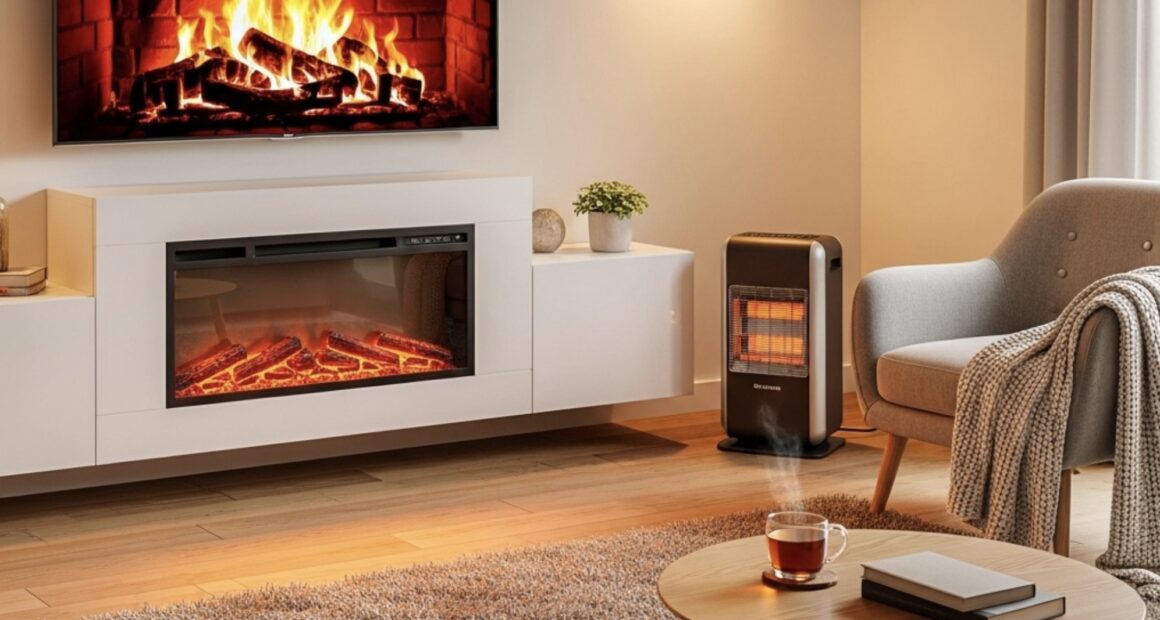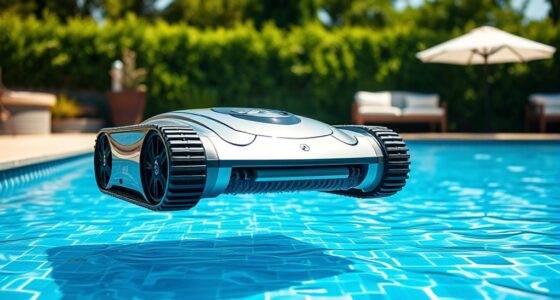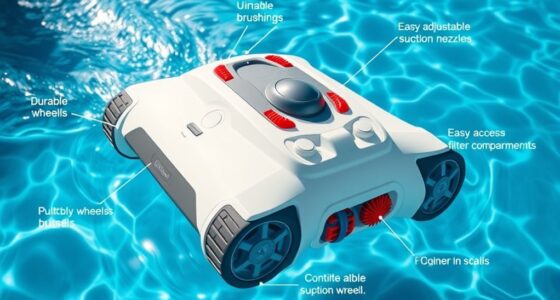As colder months arrive, one of the most common questions homeowners ask is: “What size heater do I need, and how much will it cost me to run?” Choosing the right wattage for your space ensures both comfort and efficiency — and helps you avoid overspending on electricity.
Below, we’ve included an interactive Space‑Heater & Electric‑Fireplace Sizing + Cost‑to‑Run Calculator that makes it easy to estimate the right heating solution for your room.
How the Calculator Works
The calculator uses a clear, conservative rule‑of‑thumb for heater sizing:
- Mild climates: ~10 W per square foot (≈108 W/m²)
- Moderate climates: ~12.5 W per square foot (≈135 W/m²)
- Cold climates: ~15 W per square foot (≈161 W/m²)
It then adjusts by 10–20% depending on insulation quality and your desired warmth level (low, medium, or high). The tool also converts to BTU/hr for users who think in BTUs.
For running costs, it calculates:
kWh = (Watts ÷ 1000) × hours per day × days per month × duty cycle
Cost = kWh × electricity rate
The duty cycle represents how often the heater runs at full power. A thermostat or eco mode typically reduces it to 60–70%, while continuous full‑power use pushes it toward 80%.
Try It Yourself
Simply enter your room dimensions, insulation level, climate band, and how many hours per day you plan to run the heater. Select your region or electricity rate to see your recommended heater wattage, BTU/hr, and estimated monthly cost.
Space‑Heater & Electric‑Fireplace Sizing + Cost‑to‑Run
Estimate the right wattage (and BTU/hr) for your room and what it’ll cost per month to run — with region presets, currency switcher, and safety upsells.
Room & Comfort
Usage & Cost
Results
Peak hourly draw assumes full power; real usage varies with thermostat cycling. Cost estimates use your rate and duty cycle.
Recommended picks
Safety: Avoid thin extension cords with heaters. Prefer heavy‑duty cords and use tip‑over protection.
window.dataLayer if present: heater_calc_submit, heater_result_click, rate_changed.
Why This Matters
- Avoid under‑sizing: Too small a heater struggles to keep up, leading to cold spots.
- Avoid over‑sizing: Too large a heater wastes energy, spikes electricity bills, and can overheat your space.
- Safety first: The tool also surfaces essential safety add‑ons, such as heavy‑duty cords, tip‑over protection, and smart thermostats.
Recommended Next Steps
- Use the results to shop for the correct heater or electric fireplace size.
- Pair your heater with a programmable thermostat or smart plug to maximize savings.
- Check out safety gear like tip‑over switches and heavy‑duty cords, especially for higher‑wattage models.
Bottom Line
The right heater size depends on room area, insulation, climate, and daily usage. This calculator takes the guesswork out, helping you find the balance between comfort and efficiency. Use it as your guide to shop smarter this heating season.









